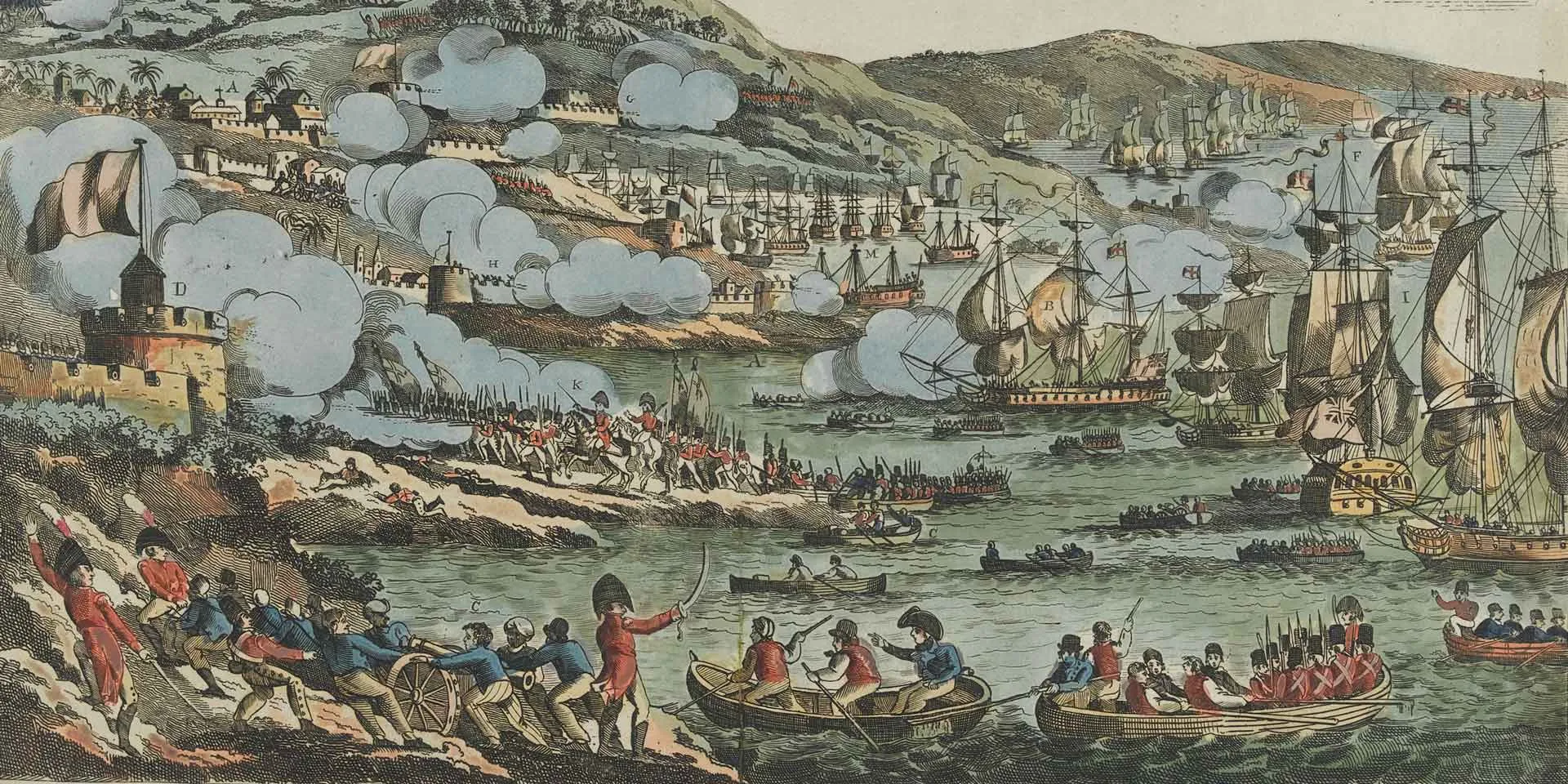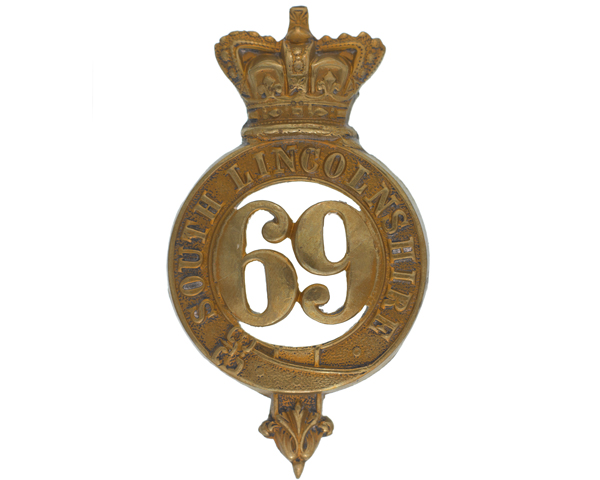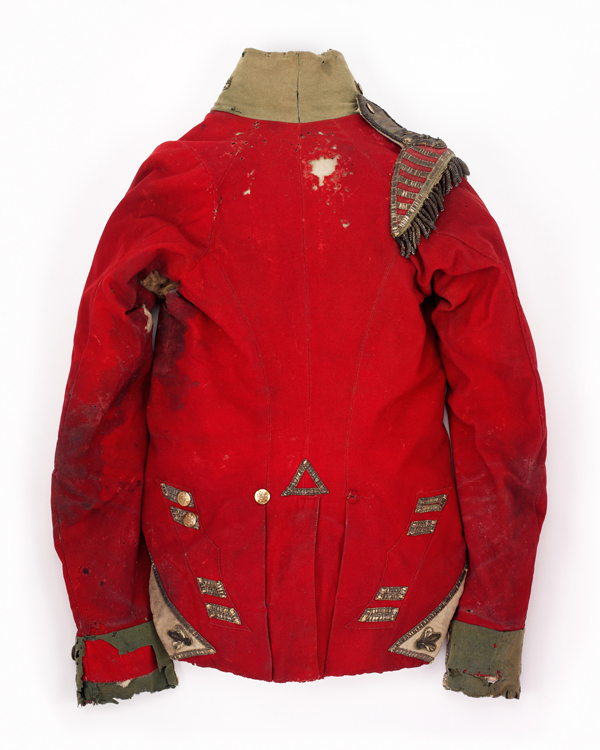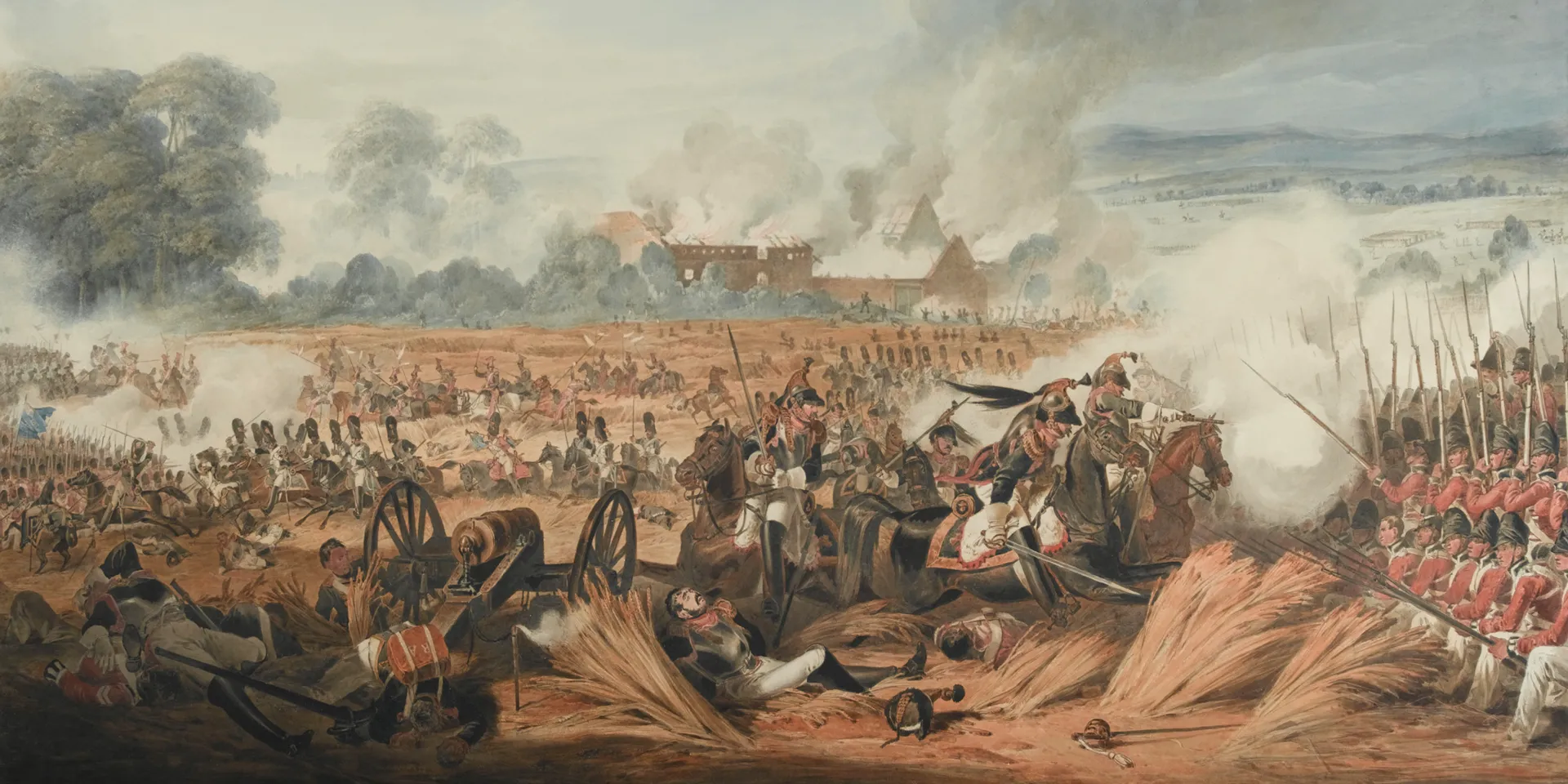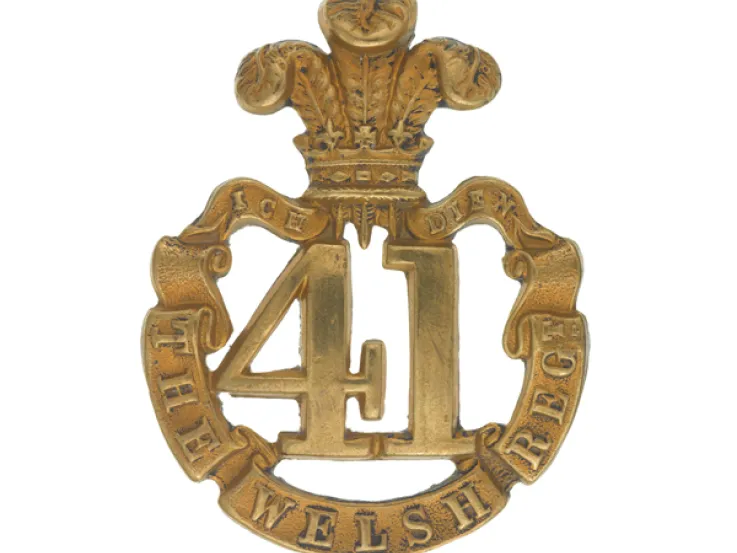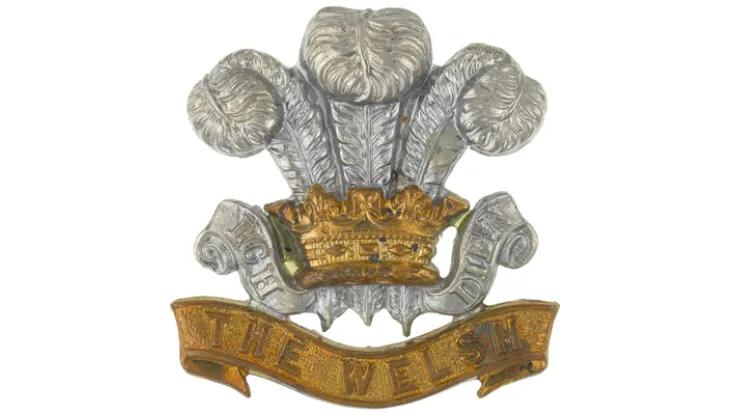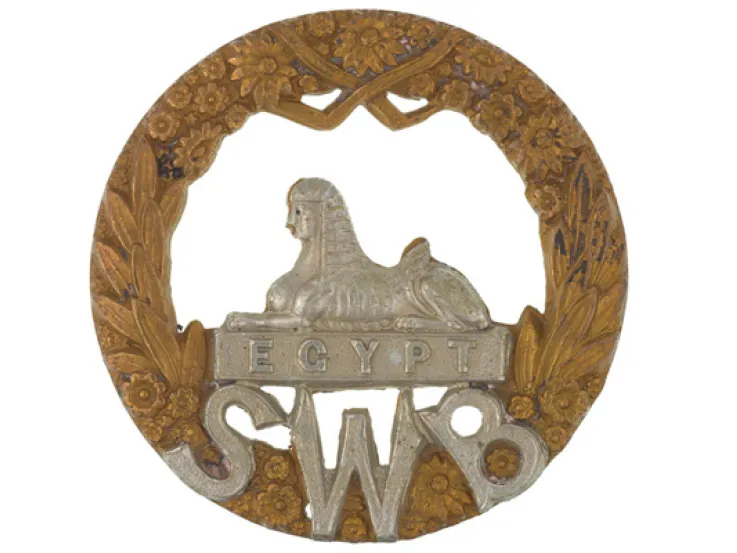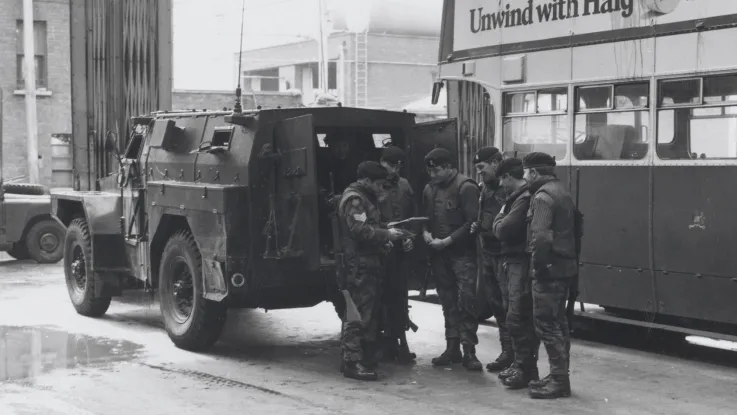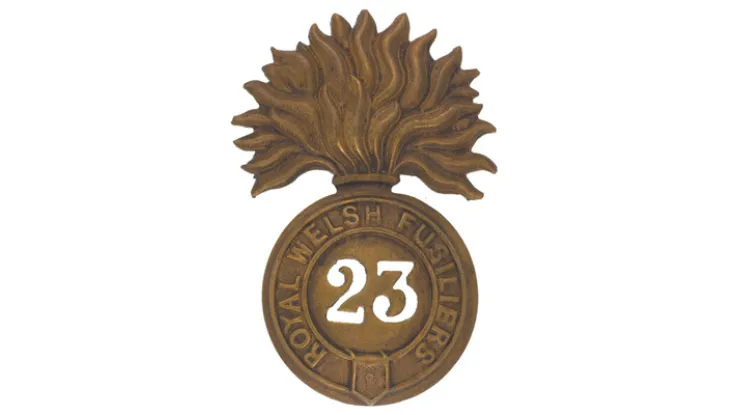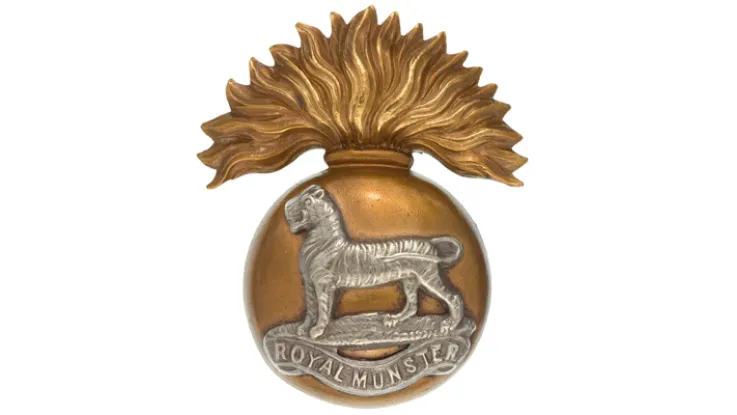Origins
The 69th Regiment was formed by redesignating the 2nd Battalion of the 24th Regiment in 1758. That year it took part in the amphibious landings at St Malo and helped capture Belle Isle off the French coast in 1761. It also fought at Martinique in the West Indies in 1762.
During the American War of Independence (1775-83) it took part in the Battle of Saint Kitts (1782) and, while serving as marines, in the Battle of the Saintes (1782). The regiment was assigned South Lincolnshire as its county title in 1782.
Naval force
The unit’s naval connection continued when detachments served as marines at the capture of Toulon in 1793 and the Glorious First of June in 1794. At the Battle of Cape St Vincent in 1797, men from the 69th were serving on board HMS ‘Captain’ and helped Commodore Horatio Nelson board and capture two Spanish ships. In recognition of this, the unit’s successor regiment was awarded the battle honour Cape St Vincent in 1891 and a naval crown in 1909.
Part of the regiment had deployed to St Domingo in the West Indies in 1796, but lost over 900 officers and men to disease and was pulled out in 1798. The following year, the re-strengthed 69th took part in the Anglo-Russian invasion of Holland.
Napoleonic Wars
In 1803 the regiment raised a 2nd Battalion and two years later the 1st Battalion was sent to India, where it helped suppress the Vellore Mutiny (1806) and took part in the capture of the French islands of Bourbon (Réunion) and Isle de France (Mauritius) in 1810 and the Dutch possessions in Java in 1811.
The 2nd Battalion’s first active service was during the Waterloo campaign (1815). It was overrun by French cavalry at Quatre Bras while still trying to form square and had its square broken at Waterloo, though it still managed to help repulse the Imperial Guard near Hougoumont at the height of the battle.
It was dissolved in 1816 and its men were sent to reinforce the 1st Battalion, which was still in the Far East. From 1825 until 1857 it undertook garrison duties in England, the West Indies and Canada.
Mid-19th century
At the start of their 1857-64 deployment to Burma, they became the first British regiment to be deployed to the Far East overland via Egypt rather than by sea. 1867 saw them back in Canada, where they opposed an invasion by Irish-American Fenians in 1870.
Legacy
Their final garrison duties were in Bermuda and Gibraltar before shipping back to England in 1878. Three years later the 69th was merged with the 41st (Welch) Regiment and became the 2nd Battalion of the new Welsh Regiment.
Regimental museums
The National Army Museum works with a network of Regimental and Corps Museums across the UK to help preserve and share the history and traditions of the Army and its soldiers.
Discover more about the 69th (South Lincolnshire) Regiment of Foot by visiting the Royal Welsh Museum in Brecon and Firing Line Museum at Cardiff Castle.

